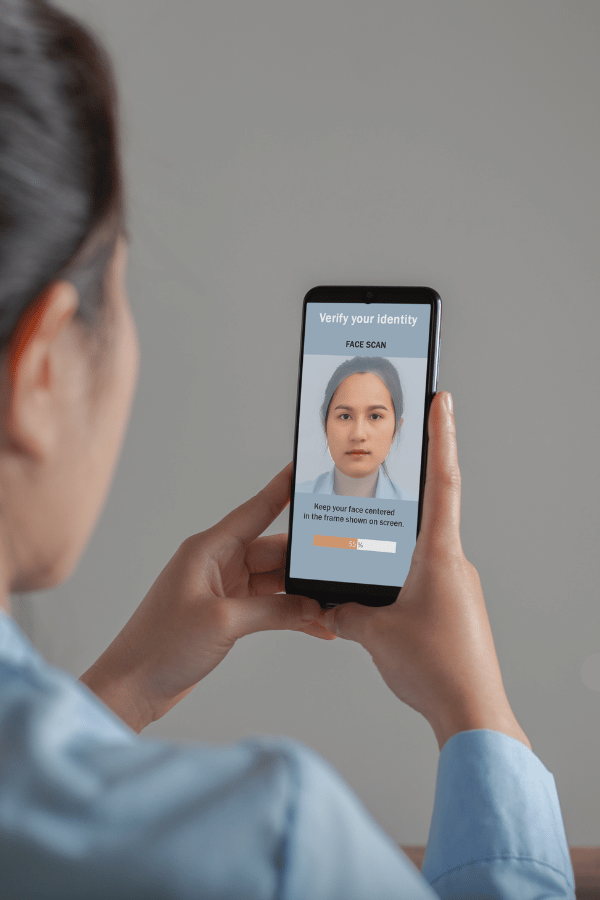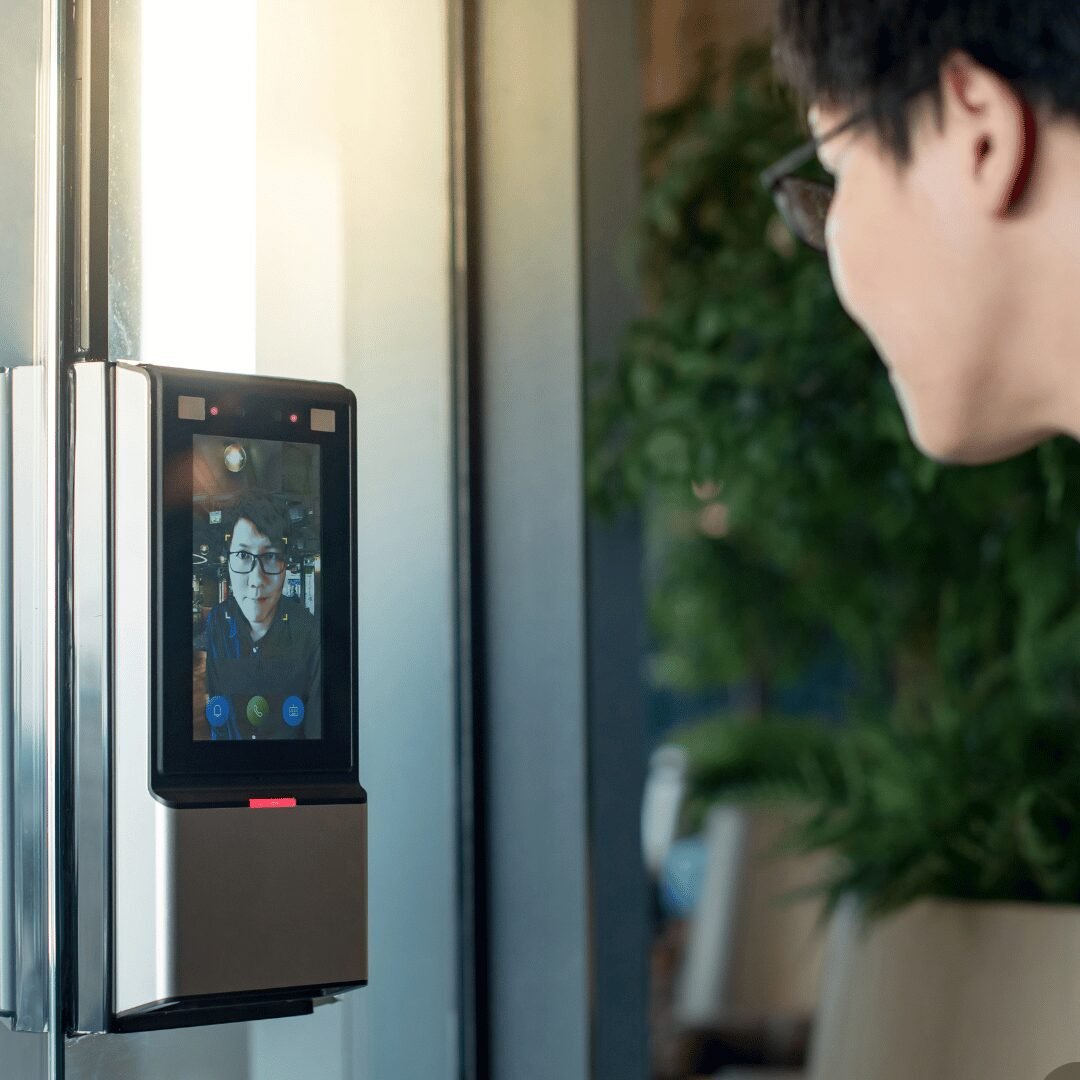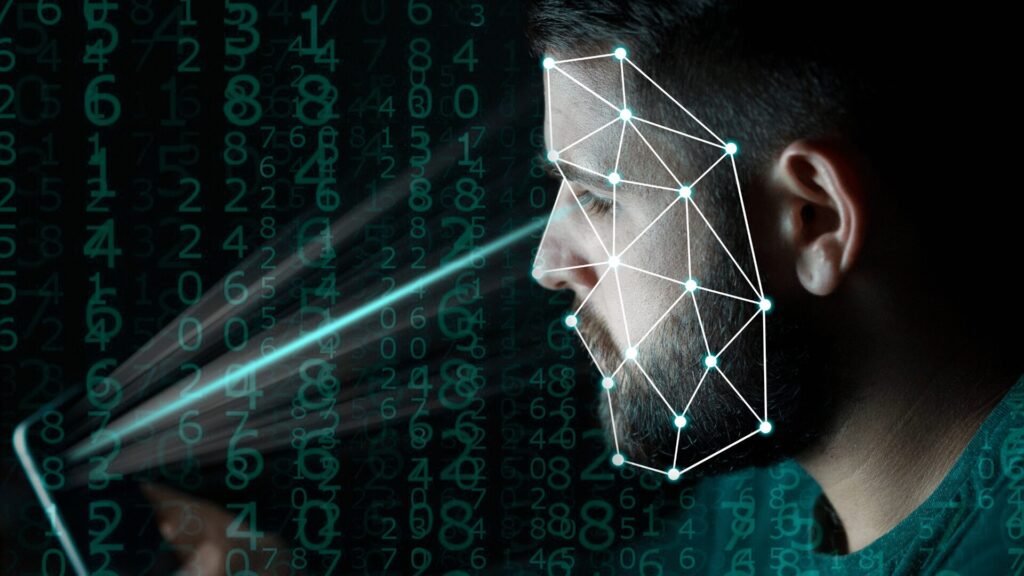Can Facial Recognition Privacy Concerns, be sorted? Learn The Technology, Implications, And Its Future Ahead Here.
Vernica Singh
November 14, 2024. 4 minute Read
In the fast-evolving world of technology, imagine walking through a crowded space, completely unaware that cameras are tracking your every move, recognizing your face, and storing your data. This is the reality of facial recognition technology, now embedded in everything from your phone to airport security.
Facial recognition stands out as both a powerful tool and a highly controversial topic. Facial recognition technology can unlock your phone, tag friends in photos on social media, grant access to secure buildings, and even assist in solving crimes.
While it makes life more convenient, it also raises important questions about privacy, data security, and control over our personal information.
"
In this article, we’ll explore how facial recognition works, where it’s used, and why it’s sparking a debate about the future of privacy.
Ready to dive into the world of digital surveillance? read on The One Liner, a holistic wellness platform.
Let’s go!
The Basics: How Facial Recognition Works
Understanding the Core Concepts
Facial recognition is a type of biometric technology that’s all about recognizing and verifying people based on their unique facial features. This technology combines several different techniques to achieve its goal:
The first step is simply recognizing that a face is present in an image or video frame. This is the starting point for any facial recognition process.
In real-time applications, like security surveillance, the system follows a face as it moves within the frame.
This is where the system either verifies a person by comparing their face to a specific record or identifies an unknown individual by matching their face against a database.
Facial recognition wouldn’t be possible without computer vision and image processing—two fields that enable machines to analyse and interpret visual data. By using advanced deep learning techniques and neural networks, these systems learn to recognize and differentiate faces with impressive accuracy.
Here’s a look at the technology behind the magic:
1. Deep Learning and Neural Networks
Just as our brains learn to recognize faces, deep learning models use vast amounts of data to “learn” what a face looks like and identify subtle differences.
2. Feature Extraction
The system picks up unique details in each face—like the distance between the eyes, cheekbone structure, or nose shape—and uses this information to create a digital “template.”
3. Template Matching
After capturing the face, the software tries to match this template with others in its database, even using 3D recognition to adjust for changes in angles and lighting.
While this technology has evolved rapidly, its real-world applications also present serious challenges around accuracy, privacy, and bias.
Applications of Facial Recognition Software
Where Facial Recognition Is Being Used?
This technology isn’t just about unlocking your smartphone anymore—it’s reshaping industries. Here are some of the most common areas where facial recognition is making its mark:


1. Security and Access Control
Companies, institutions, and even airports are using facial recognition to replace traditional ID cards and PIN codes, adding a layer of convenience and security.
2. Law Enforcement and Surveillance
Many police departments use facial recognition to track down suspects and solve cases. Surveillance cameras in public places can also use this tech to identify people in real-time, which raises questions about personal privacy.
3. Mobile Devices and Payment Systems
Many smartphones now rely on facial recognition to unlock devices and authorise payments. Although convenient, it sparks debates about how much control we really have over our personal data.
4. Social Media and Marketing
Social media platforms often use facial recognition for tagging people in photos. Marketers also tap into this technology to offer tailored advertisements based on facial demographics.
The Privacy Debate:
Why It’s Not All Good News?
Facial recognition isn’t just about convenience—it also brings some serious privacy concerns. Here are the main worries that experts and privacy advocates are raising:
1. Data Collection and Consent
Imagine walking down the street and having your face scanned by a nearby security camera without your knowledge. Many people aren’t aware that their data is being collected, and often there’s no clear consent process. This lack of transparency is a major concern.
2. Storage and Data Security
Once your facial data is collected, it’s typically stored in a database. These databases are susceptible to hacking, which puts sensitive information at risk. Unlike a password, you can’t change your face if it’s compromised.
3. Third-Party Access and Misuse
Private companies and law enforcement may have access to these facial recognition databases, raising concerns about how this data might be used. Without clear regulations, there’s a risk that people could be tracked or profiled without their knowledge.
4. Loss of Anonymity
Facial recognition technology in public spaces challenges our right to remain anonymous in public. For some, the idea that every movement can be tracked and logged is enough to make them uneasy, and it might even change the way people behave in public spaces.
The Ethical Side of Facial Recognition
Beyond privacy, facial recognition raises ethical questions that are equally troubling. Here are a few examples of the issues that arise when this technology intersects with ethics:
1. Bias and Discrimination
Numerous studies show that facial recognition algorithms often struggle to accurately identify women, people of colour, and older individuals. This can lead to wrongful identification and unfair treatment, particularly in law enforcement.
2. Accuracy and False Positives
Even a small error rate can have big consequences. Imagine someone being wrongly accused of a crime because of a facial recognition error. High-stakes applications like these demand extremely high accuracy—something current systems don’t always deliver.

3. User Intent and Potential Misuse
While facial recognition can be beneficial, it can also be exploited. For example, some governments use facial recognition to monitor citizens and suppress dissent, sparking ethical concerns around control and autonomy.
4. Civil Liberties and Surveillance
The potential for facial recognition to infringe on civil liberties is significant. Constant monitoring could limit freedom of movement, assembly, and expression, as individuals may feel watched and censored.
Laws and Regulations Surrounding Facial recognition
What’s Being Done?
Around the world, governments are beginning to create laws to address the privacy issues surrounding facial recognition. However, these regulations vary widely and are still in the early stages:
1. GDPR in the European Union
The EU’s GDPR puts strict regulations on how companies collect and use biometric data. It requires transparency, user consent, and grants people the right to access, correct, or delete their data.
1. GDPR in the European Union
The EU’s GDPR puts strict regulations on how companies collect and use biometric data. It requires transparency, user consent, and grants people the right to access, correct, or delete their data.
2. U.S. State Regulations
While there’s no federal regulation on facial recognition in the United States, states like Illinois have laws like the Biometric Information Privacy Act (BIPA), which regulates its use. Other cities and states have banned or limited facial recognition in law enforcement.
3. China
China has taken a different route by fully embracing facial recognition in public surveillance, with limited regulations. This approach highlights the contrast between regulation-heavy regions and those with more lenient policies.
Globally, it’s clear that more comprehensive legislation is needed to protect privacy rights in the age of facial recognition.
Protecting Privacy Surrounding Facial recognition
What You Can Do?
So, with facial recognition becoming more widespread, what steps can you take to protect your privacy? Here are some strategies that might help:
1. Stay Informed
Knowing when and where facial recognition is in use can help you make informed choices. For example, some stores use facial recognition, so you might choose to shop elsewhere if that concerns you.
2. Look for Opt-Out Options
In certain places, companies are required to offer opt-out options. Check if you have the choice to opt out of facial recognition services, especially in retail or online environments.
3. Privacy-Enhancing Wearables
China has taken a different route by fully embracing facial recognition in public surveillance, with limited regulations. This approach highlights the contrast between regulation-heavy regions and those with more lenient policies.
Globally, it’s clear that more comprehensive legislation is needed to protect privacy rights in the age of facial recognition.

What Lies Ahead for Facial Recognition?
Facial recognition is here to stay, and the technology is only becoming more advanced. Here’s what we might expect to see in the near future:
1. Better Accuracy and Reduced Bias
Researchers are working hard to improve the accuracy of facial recognition systems and reduce inherent biases. As algorithms advance, we may see a more reliable technology that works fairly for everyone.
2. Integration with Other Biometrics
Facial recognition will likely be combined with other forms of biometric identification, like iris or voice recognition, to enhance security.
3. Expanded Uses
As the technology evolves, facial recognition could be used in new fields like healthcare and education, creating exciting possibilities—but also more privacy challenges.
4. Public Resistance and Legal Pushback
With increased surveillance, we may see a stronger public backlash, pushing for stricter laws and policies to protect individual rights.
Related Post
Final Thoughts
In a nutshell!
While facial recognition offers incredible potential benefits in areas like security, convenience, and personalization, its rapid adoption also brings up crucial questions about privacy, ethics, and human rights. The current landscape is a balancing act between innovation and protection, and as this technology continues to evolve, so must our approach to its regulation and ethical use. The future of facial recognition could lead to positive advancements, but only if we navigate its challenges with careful consideration and respect for personal privacy.
